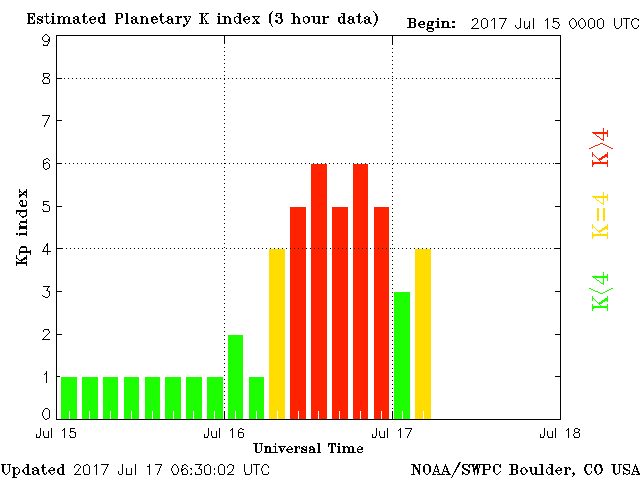Dear all:
FYI: I tried to activate
OE/VB-248 Formaletsch (10 Points)
yesterday. Unfortunately, I failed to manage the required QSOs. In fact, I did not complete a single QSO, which is a pity.
With this post, I want to solicit feedback and also inform chasers who tried but did not reach me.
Background: I was staying on the Freiburger Hütte (hut) with family and friends from July 15 - 16 (Saturday and Sunday). During the daytime, we did long trips around the hut, which did not include SOTA summits. I had the modest hope to squeeze in some SOTA activity, but knew that this would be subject to limitations.
We arrived at the hut at 15:30 local time (13:30 UTC). After some discussions, I found a fellow who was willing to go for an evening trip to the Formaletsch.
Ascent: We departed from the hut ca. 16:15 local time. Typically, it takes about 1- 1.25 h from the hut to the summit and a little bit less for the descent. We had to be back for the last round of dinner by 18:30 local time. By the time of posting an alert, I had estimated a later time, which turned out unfortunate in the end.
Unfortunately, there was no mobile internet coverage in the whole area, so I could not update my alert.
So it was clear that we had a maximum of 135 minutes for ascent, set-up, activation, and descent, and we were two hours earlier than indicated in my alert. We hurried a lot and reached the summit wet-sweat in 45 minutes, i.e. by 15:00 UTC and I was QRV by 15:15 UTC.
Activation: CONDX seemed okay, I could hear some stations, but most were engaged in rag-chew style QSOs or not reacting to my calls, so given the limited time, I stopped search-and-pound and hoped for being spotted either by fellow SOTAs or by RBNhole.
I started calling CQ on 7030.7 MHz by 15:15. Unfortunately, nobody answered my calls. I briefly tried 30m, but came back to 40m shortly thereafter. I almost completed a QSO with IK6JFF by 15:39 UTC, but did not get his report for me.
By that time it was clear we had to pack up soon in order to not miss dinner. I continued my CQ call, but got no replies. By 15:45, we broke up and were back at the hut by 16:20 UTC for dinner.
I was a bit frustrated at first, because it would have been a nice 10-pointer for my log, and the ascent was a kind of tough add-on to the day’s program.
Failure Analysis: Quick activations are always risky, but still this was the first of mine that failed completely. I think the following were the main causes for the failure:
- The time of my alert was almost two hours later (17:30 UTC) than the actual time of being QRV (15:15).
- There were two RBN spots, but they resulted in no spot by RBNhole, likely due to being almost two hours early:
DJ9IE OE/DK3IT/P 7030.6 CW CQ 6 dB 13 wpm 1532z 15 Jul
HA2KSD OE/DK3IT/P 7030.6 CW CQ 6 dB 13 wpm 1532z 15 Jul
- There was no internet coverage on the hut nor the summit, so I could neither update the alert nor self-spot.
- The antenna used was an EFHW as a low (5m) inverted vee, so mainly targeting Germany, while many chasers and SOTA people were at HAM RADIO.
- Saturday evening is a bad time for an activation.
- In particular if many SOTA people are heading for the SOTA dinner.
- At the same time, many SOTA people were trying to activate DM/BW-348 Gehrenberg, so there was a lot of SOTA traffic ongoing.
What else went wrong?
Anyway, I think the main problem was a lack of spotting, which I could have been avoided by more precise time information in the alert or using the syntax for a longer time-span for RBNhole (like S-3 S+4).
For others who want to try: While OE/VB-248 is very near to the Freiburger Hütte, the last part of the ascent is a very steep (60 deg?) path of mud, which was very slippery due to rain when we did the ascent; you definitely need solid mountain boots and have to take your time for this part. This is not an easy walk. You could mount your antenna over the cross on the summit, but we used a small 5m mast, because it is otherwise difficult to set up a proper inverted vee (the cross is on the edge of the summit).
Sorry to all chasers!
73 de Martin, DK3IT

